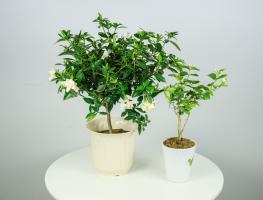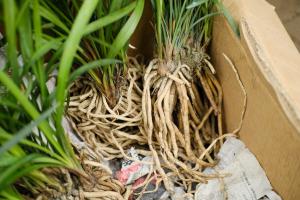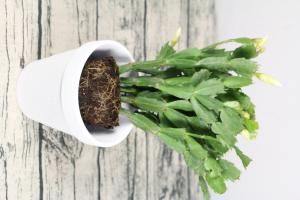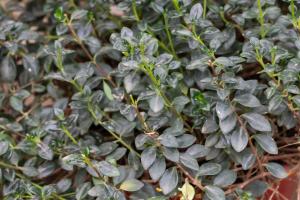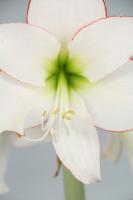How to Water Outdoor Plants
Outdoor plants require routine watering to thrive and reach their maximum growth potential. Correctly watering plants involves a combination of factors, including plant species, soil type, and weather conditions. This article will provide useful tips on how to water outdoor plants to ensure their health and longevity.
1. Determine the Frequency of Watering
The amount of water that outdoor plants require varies depending on several factors, such as their species and the weather conditions. Some plants may require frequent watering, while others may only need water occasionally. As a general rule, outdoor plants require watering when the top inch or two of soil is dry. However, it is essential to avoid overwatering as it could lead to root rot, which can be detrimental to the plant's health.
2. Time of Day
The best time to water outdoor plants is early in the morning or evening when the sun is not at its most intense. Watering plants in the evening or early morning allows them to absorb the water without evaporation caused by the sun. Watering plants at midday can cause the plant's leaves to scorch as the water droplets act like mini-magnifying glasses, magnifying the sun’s rays which can burn the tender leaves.
3. Watering Method
The watering method depends on the outdoor plant type, soil type, and your preference. The most effective method is to use a watering can or hose, ensuring the water flows evenly around the plant's base. Avoid watering the leaves as this could increase the risk of plant diseases. In cases where you are watering hanging plants or those with deep roots, a drip irrigation system may be a suitable option. This system provides an even flow of water directly to the roots.
4. Watering Frequency Tip
A great tip to help reduce the watering frequency of plants is mulch. Mulch helps to trap moisture in the soil and reduces the amount of water lost through evaporation. Mulch also maintains the soil's temperature, which is essential for plant growth. A layer of a few inches of mulch will effectively insulate the soil and protect it from hot temperatures.
5. Observe Your Plants
Every plant species requires its unique level of care and attention. To keep your outdoor plants healthy, you must observe their growth patterns carefully. Observe the leaves, flowers, and stems for signs of stress or diseases. Adjusting your watering routine or introducing mulch can help improve your plant's health.

 how many times do yo...
how many times do yo... how many planted tre...
how many planted tre... how many pine trees ...
how many pine trees ... how many pecan trees...
how many pecan trees... how many plants comp...
how many plants comp... how many plants can ...
how many plants can ... how many plants and ...
how many plants and ... how many pepper plan...
how many pepper plan...